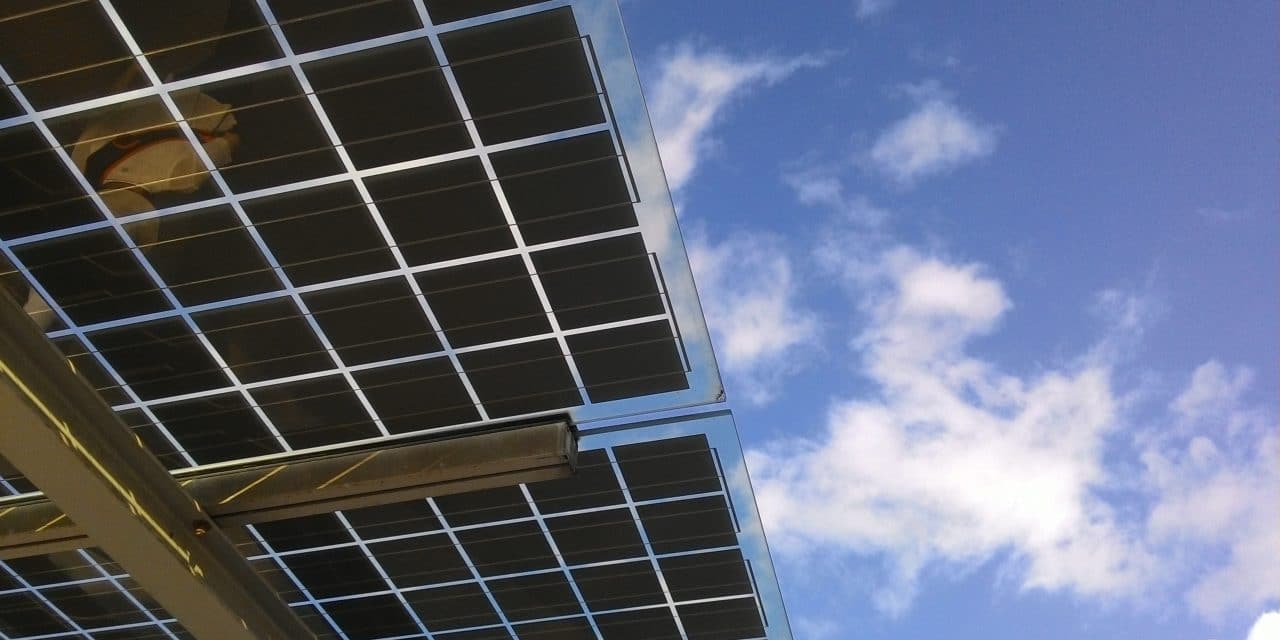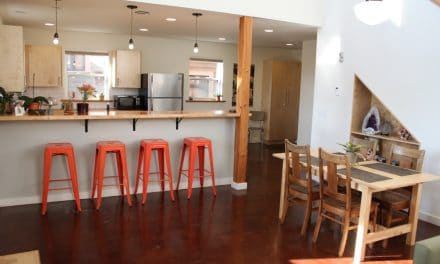Many people are aware that using solar energy can help lower the bad effects of energy sources like petroleum, coal and natural gas. But have you ever wondered if there is measurable proof that solar energy has lived up to its advertising?
After nearly half a century of use, solar energy has proven that it does reduce the ill effects of other less environment-friendly energy forms by giving homeowners a clean energy alternative. If you use solar, it means you are using less, or even no, energy from the more harmful energy sources available.

Every year the use of solar energy has prevented the following:
The emission of 75 million tons of carbon dioxide into the environment, since solar panels emit virtually no carbon dioxide or other similar harmful gases when it is used.
The burning of 35 million barrels of irreplaceable oil, because using solar energy means not using fossil fuel-burning power plants. This means that the fuel that would have been burned was saved because solar energy was used instead.
A single three-bedroom home equipped with a solar panel system can do a lot toward helping relieve problems like global warming, air pollution, water pollution and consumption of irreplaceable fossil fuels. The typical life of a solar panel is rated at 20 years. Over that time, this three-bedroom home will have:
Reduced the emission of greenhouse gases by 100,000 pounds, which is what 50 trees would be able to do over the same amount of time.
Prevented the pollution of 30,000 gallons of clean water by electric power plants (these plants use water as their primary cooling system)
Saved fuel equivalent to that consumed by a car driven for 100,000 miles.
Now, can you imagine what the impact the 645,000 homes and businesses, documented as using solar power in 2014, had on that year?
It has been estimated that every two and a half minutes a new solar power project is launched or an additional home goes solar. Imagine what the impact of that would be on 2015 and the succeeding years.

What keeps people from going solar?
Despite overwhelming information on how beneficial solar energy is to the environment and to homeowners’ finances, there are a few assumptions that may be keeping you from going solar. Here are a few that need to be debunked:
1. The sun shines only in the daytime. And it’s cloudy sometimes.
Granted, sunlight is available only half the day in most places, but this is usually the time that you are active. Thus, this is also the time that you use the most electricity. Moreover, a solar panel system can be tied to an existing electric grid to provide power when solar power isn’t available.
Even during cloudy or rainy days, solar panels can still store a lot of energy. In most places in America, this can be at least half of what can be stored on a sunny day. This energy may be enough to power your home or business for the whole 24 hours. At the very least, a solar panel system will put a big dent in your bill from the power company.
2. Going solar is too expensive.
Yes, having a solar panel system installed in the home will cost about $18,000 or more. This may seem like a hefty price tag to you; but think of it as an investment. Profit from this investment comes in two forms: the savings gained in energy expenses and the cleaner environment for the next generation of Americans.
Furthermore, the components of a solar panel system last about a decade for some parts (such as the inverter, a component that turn the sun’s energy into something your appliances can use) and 25 to 40 years for most parts (including the solar panels themselves).
The installation cost is expected to actually go down despite the considerable increase in demand for solar energy recently. The cost today is 75 percent lower than it was in 2006 and 45 percent lower (for residential installations) than 2010. In fact, the cost last year was lower than the cost in 2013. Power industry experts do not expect this trend to change anytime soon.
3. Solar panels will reduce your home’s value.
Some people see solar panels as unsightly attachments to the roof of a home, lessening its curb appeal. This may have been true a decade or two ago when the value of solar energy was not as proven as it is today. An increasing number of people today see homes with solar panel systems as very desirable. In several states, the price of a house actually goes up when the owners acquire residential solar panels.
Bottom line
What solar energy can do for the environment is no longer a scientific theory but a documented scientific fact. The main reasons that have kept people in the past from getting residential solar panels are no longer reasons that should keep you from doing so. The current trend in installation costs, the promise of a better environment for your children and grandchildren, plus the guarantee of a lower power bill, makes solar look viable indeed.





![10 Steps Toward a Zero Energy Home [Infographic]](https://elemental.green/wp-content/uploads/2016/04/cbfb-440x264.jpg)


